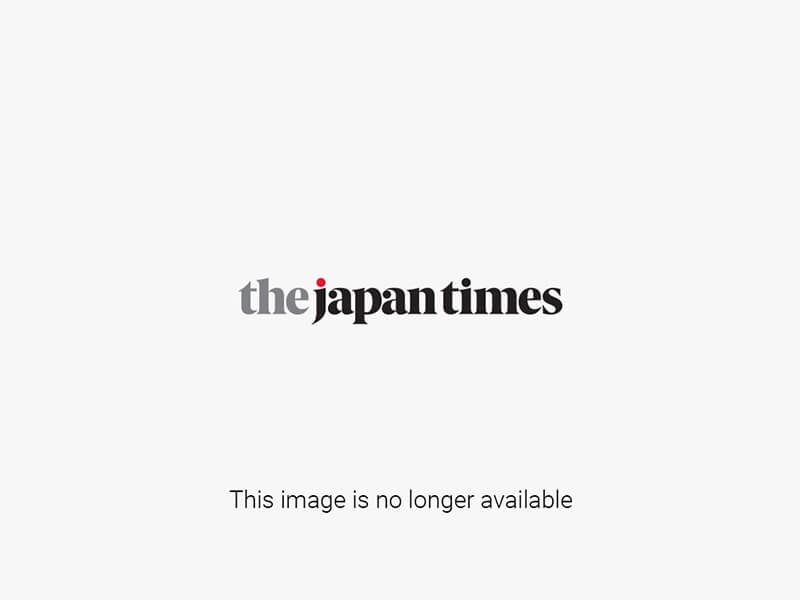Japanese startup Astroscale Holdings said Monday that it has successfully launched a satellite to survey the state of a jettisoned rocket section in orbit in space, in what it calls a world first as it seeks to develop technology for space debris removal.
The satellite aboard Rocket Lab USA’s rocket lifted off from New Zealand on Sunday on a mission to monitor a part of the H2A rocket body that Japan launched in 2009 and which is currently orbiting 600 kilometers above Earth’s surface at high speed.
Space debris has been growing in recent years in line with the increase in launches of satellites and rockets. While such objects as defunct satellites and jettisoned rocket sections raise the risk of crashes with active satellites, there is no established method to remove the debris.
The startup’s cuboid-shaped demonstration satellite, Active Debris Removal by Astroscale-Japan, or ADRAS-J, measures about 80 centimeters in length and width, 1.2 meters in height and weighs around 150 kilograms.
The company hopes to approach within several meters of the second-stage section of the H2A No. 15 rocket and to monitor and capture images of the section in orbit, including its rotating movements and the extent of damage and degradation.
The section is around 11 m long with a diameter of some 4 m and weighs roughly 3 tons.
Astroscale was founded in 2013 by former Finance Ministry bureaucrat Nobu Okada to offer a commercial service for space debris removal. Its future plans include collecting space debris using a robotic arm equipped on a satellite and burning it up in the atmosphere.

